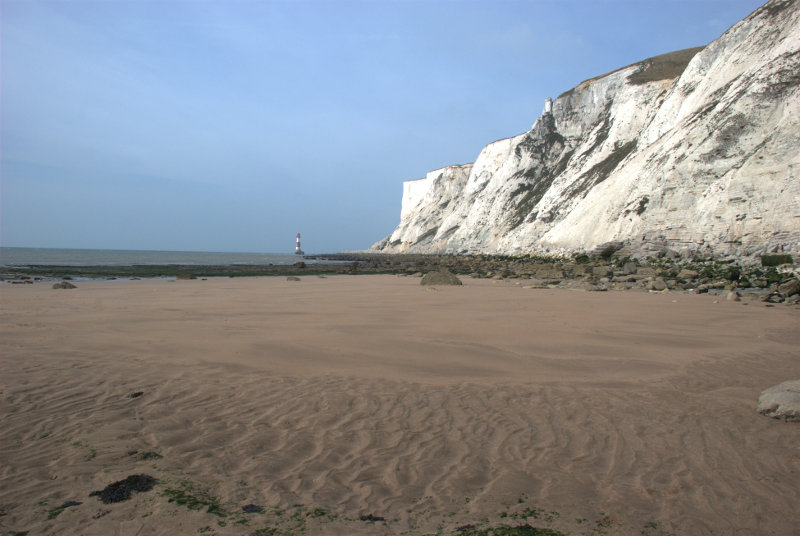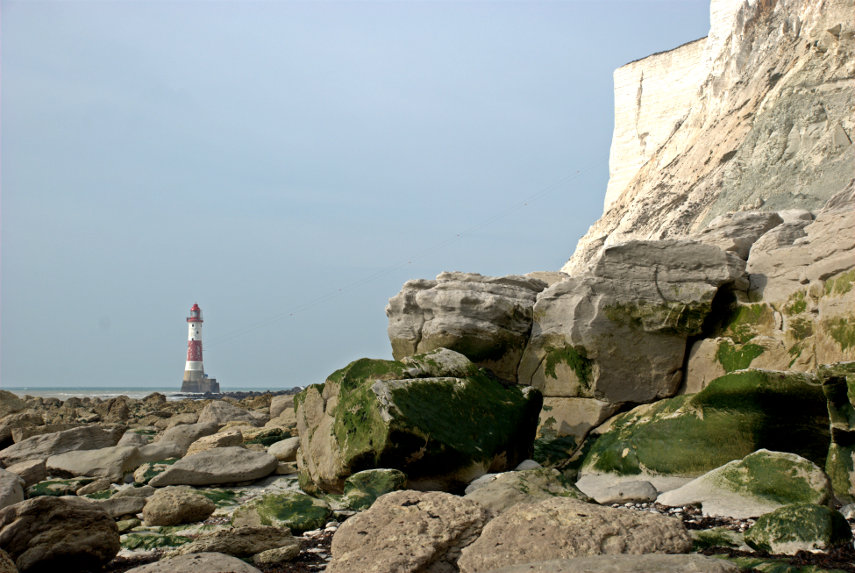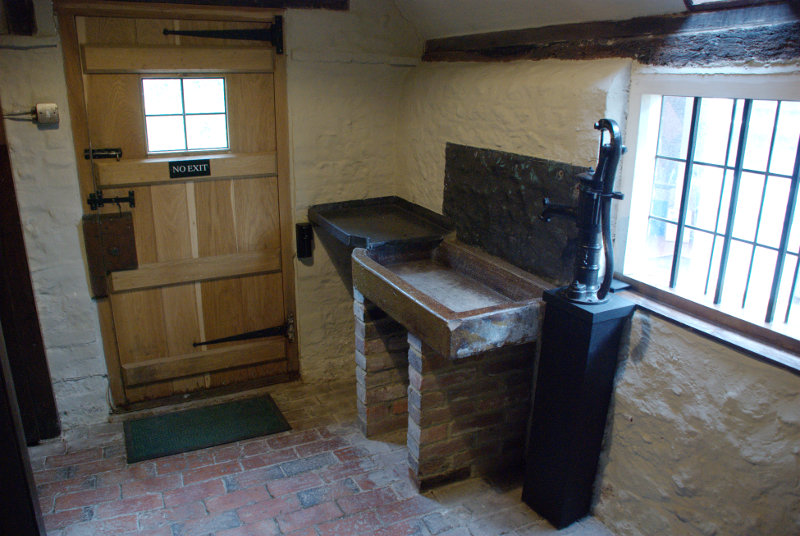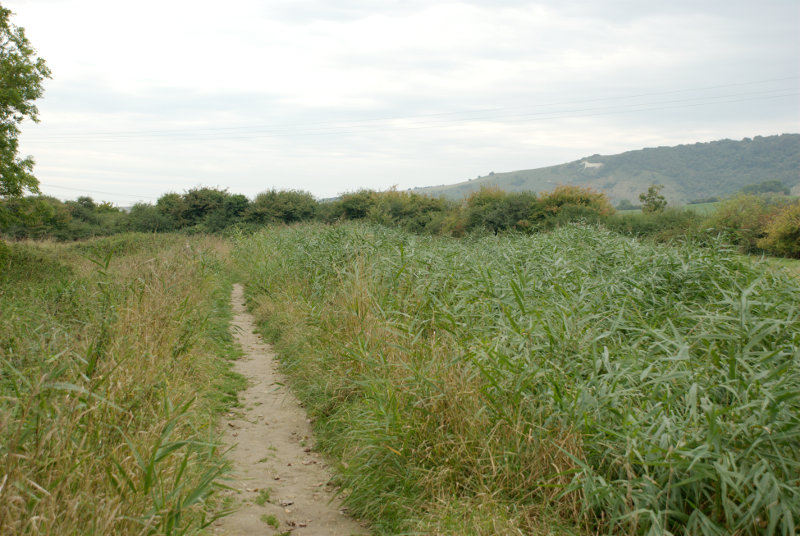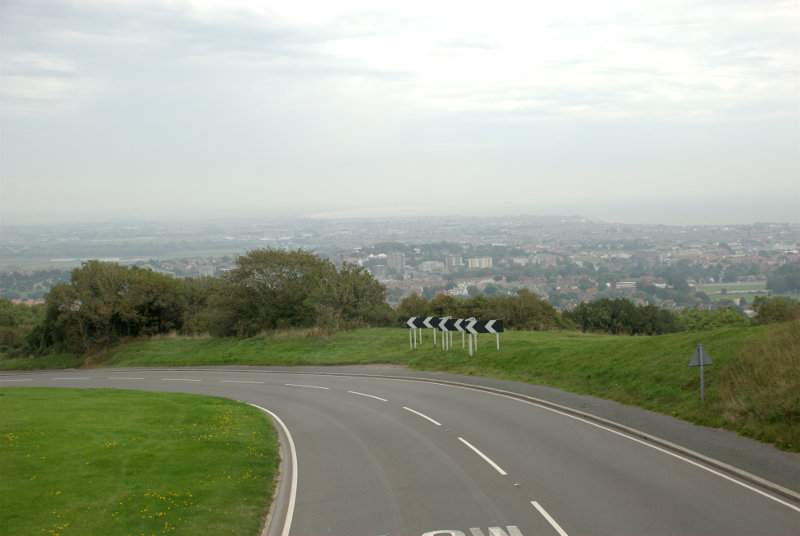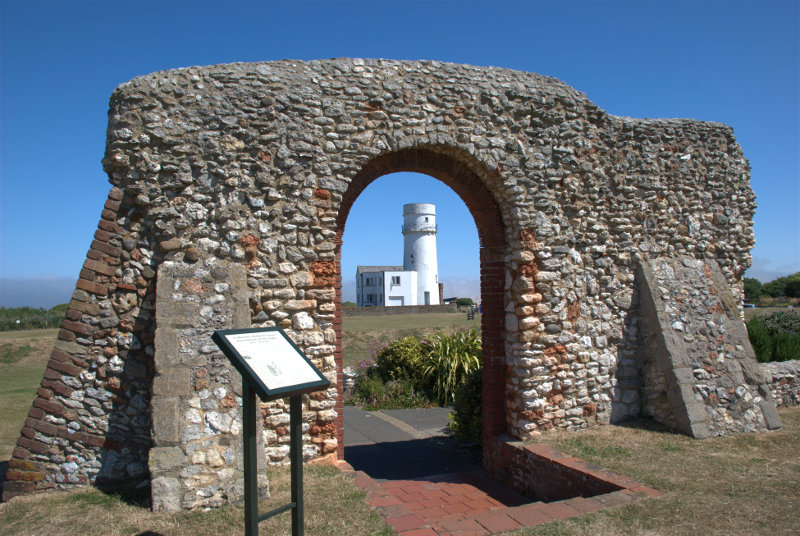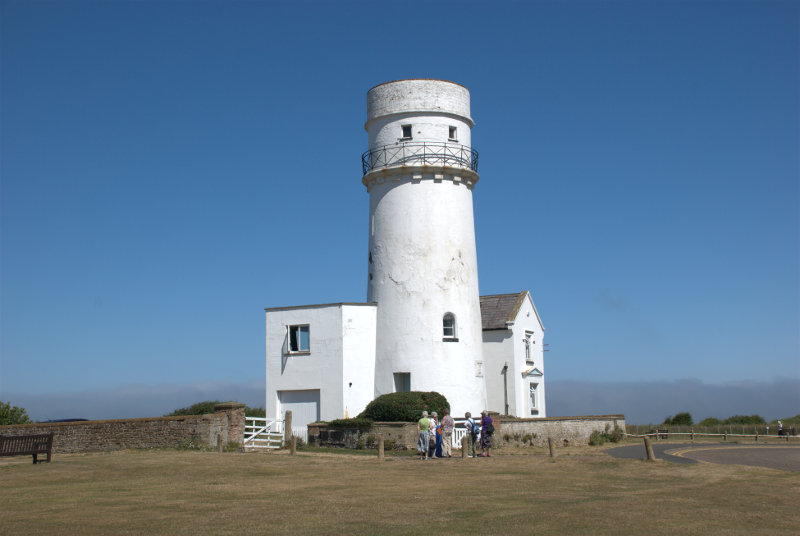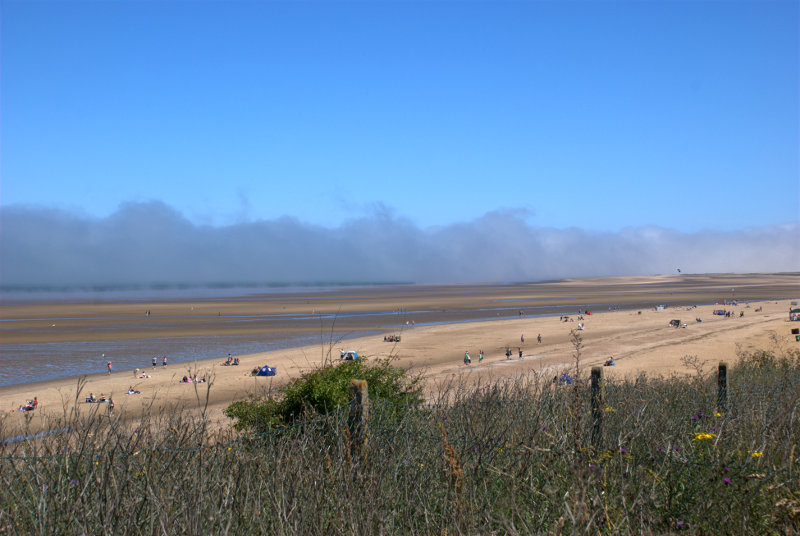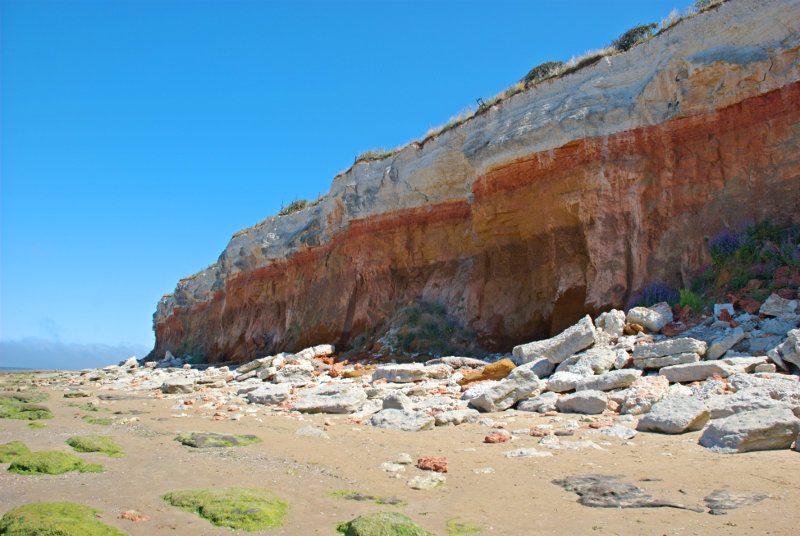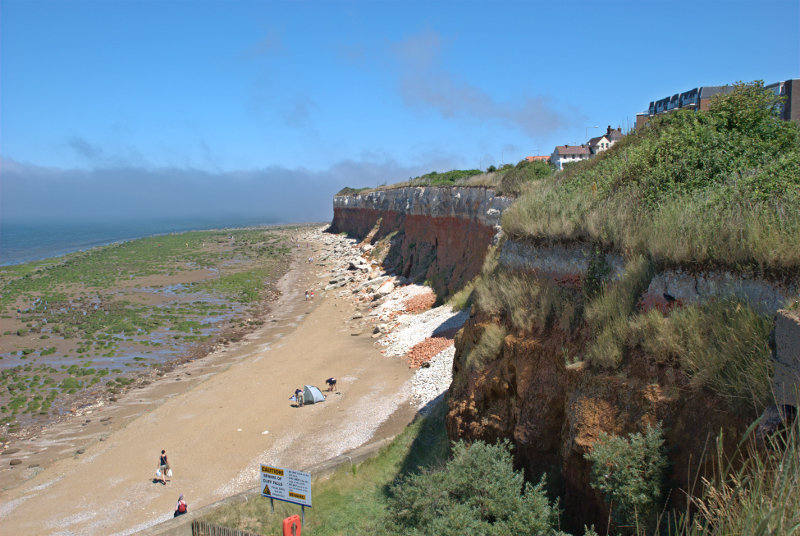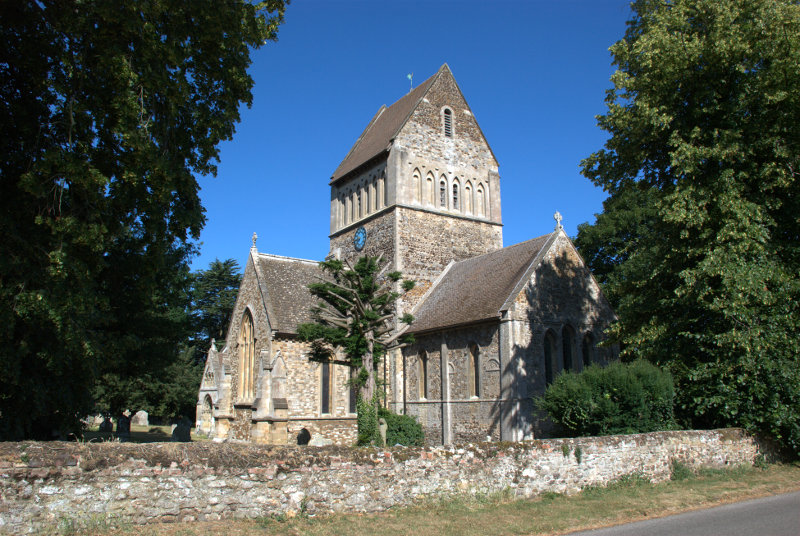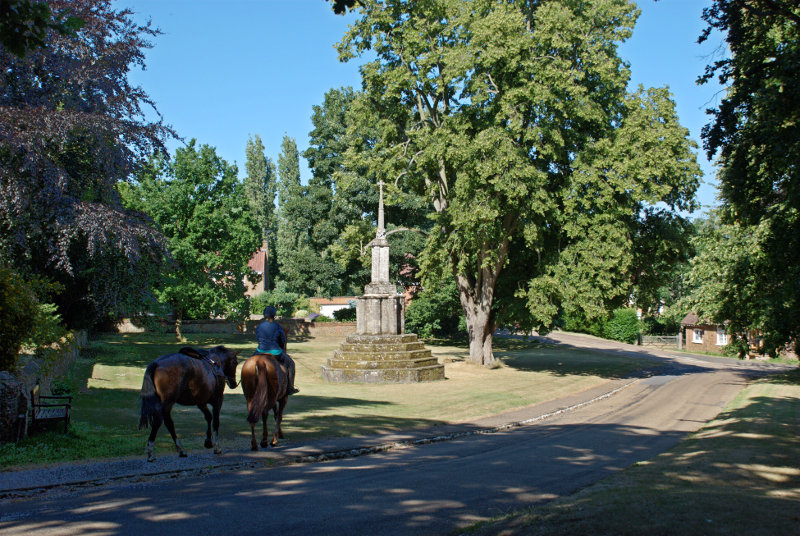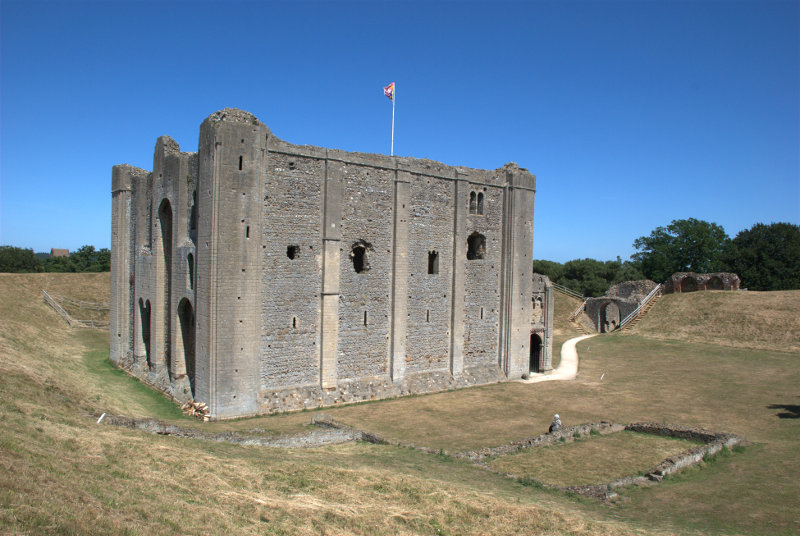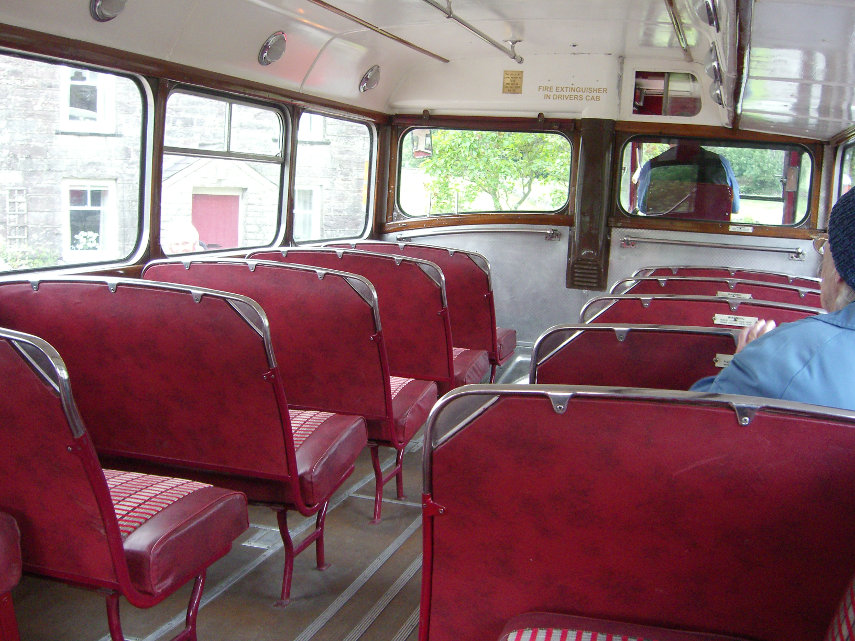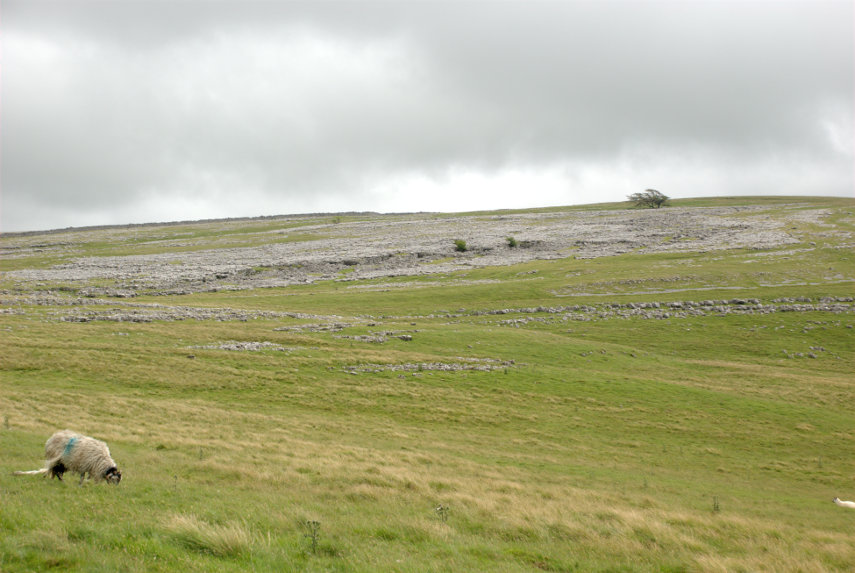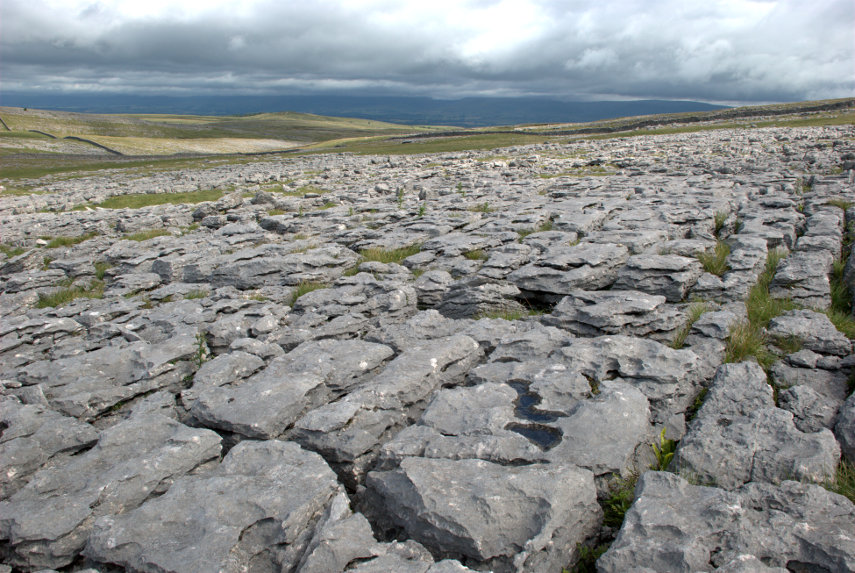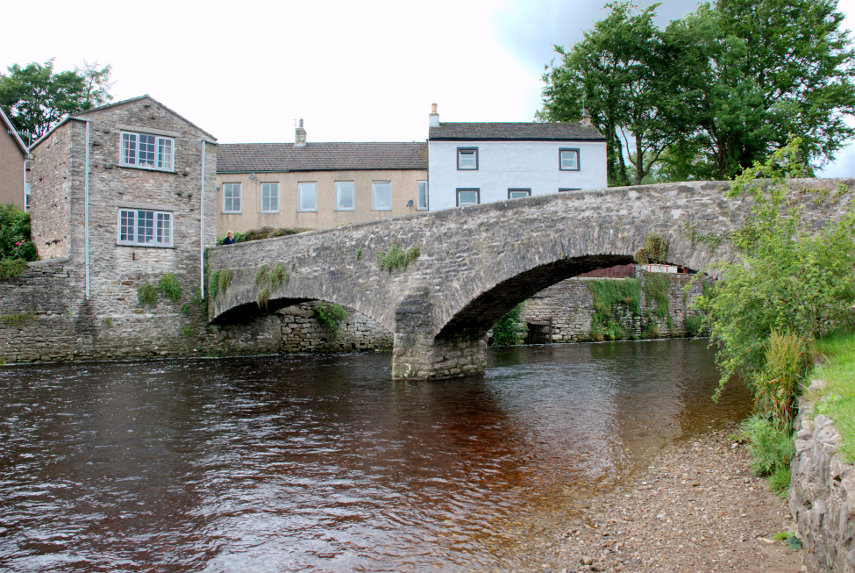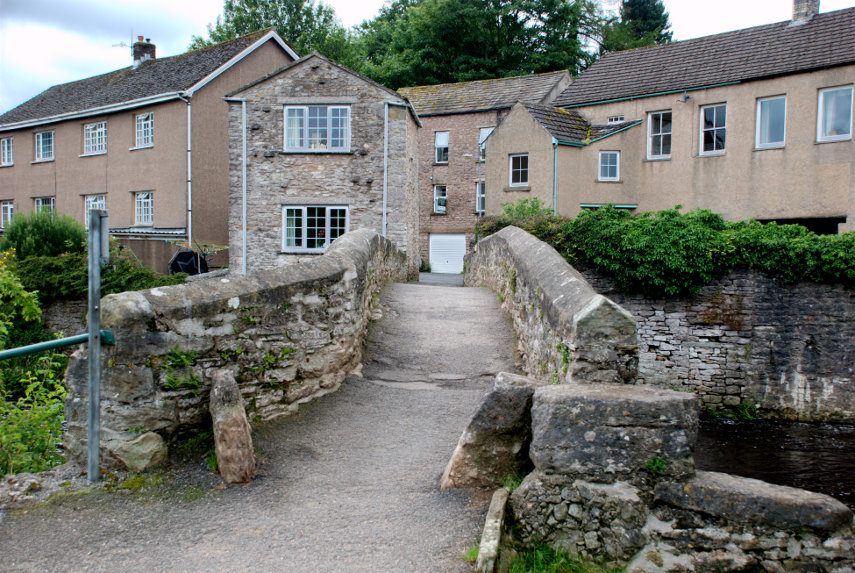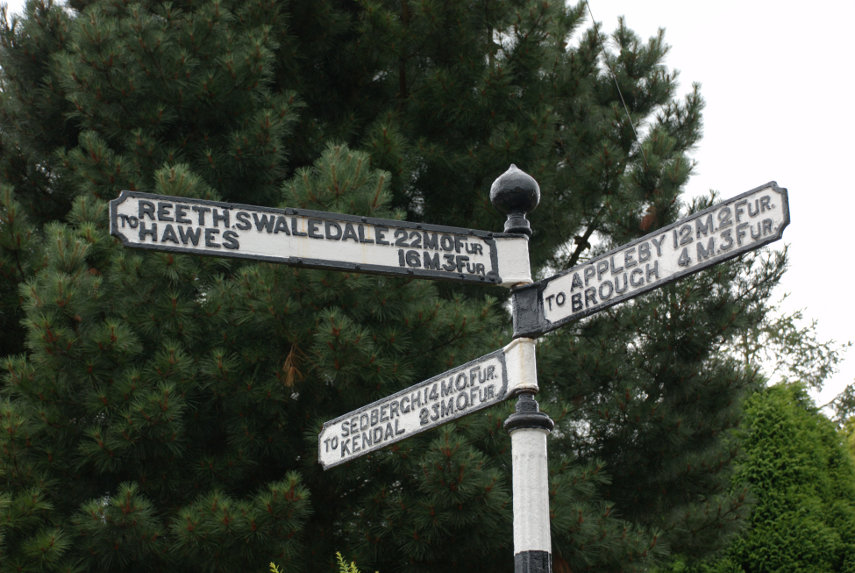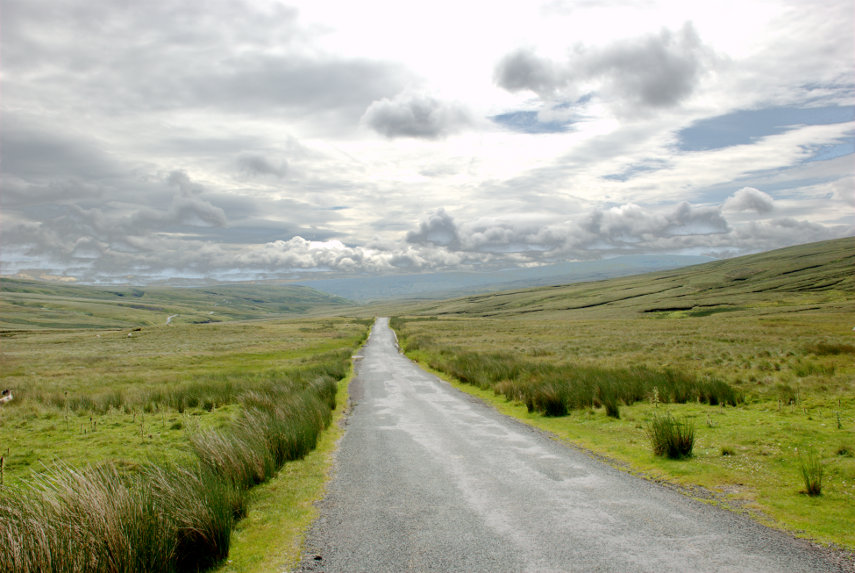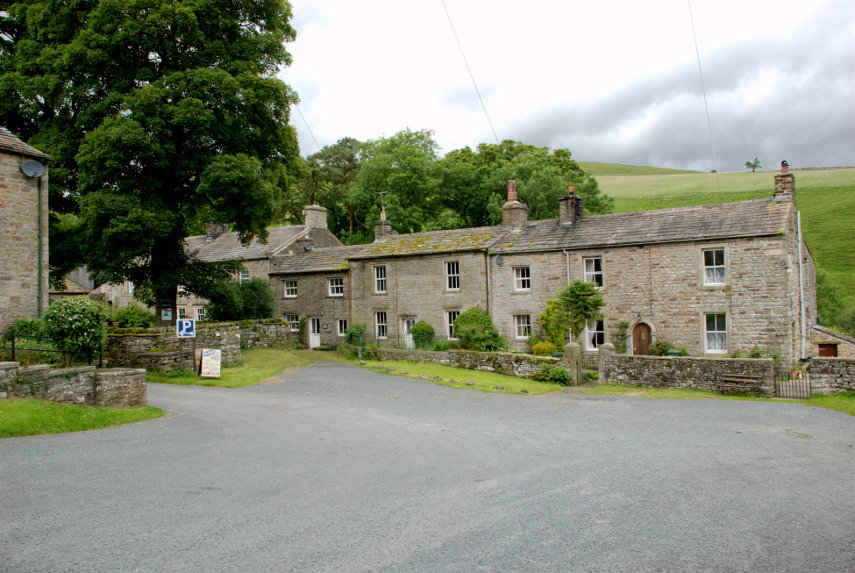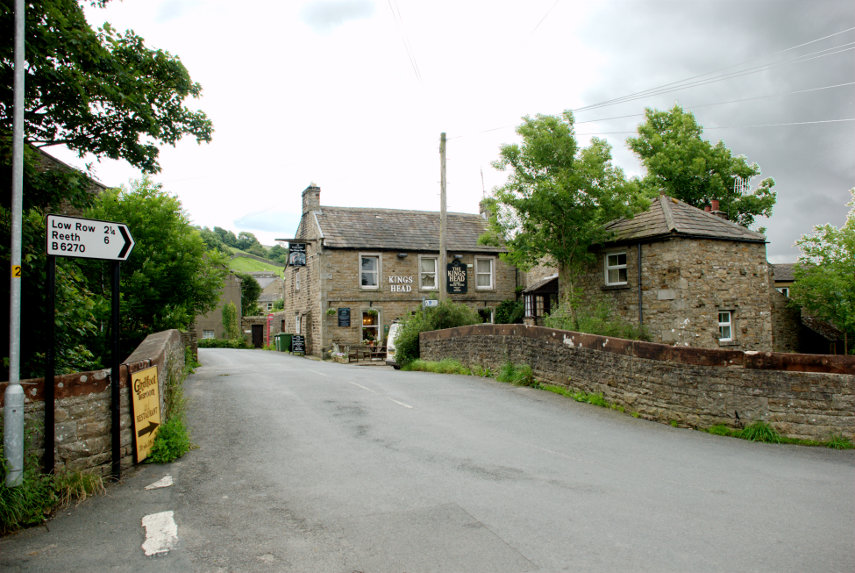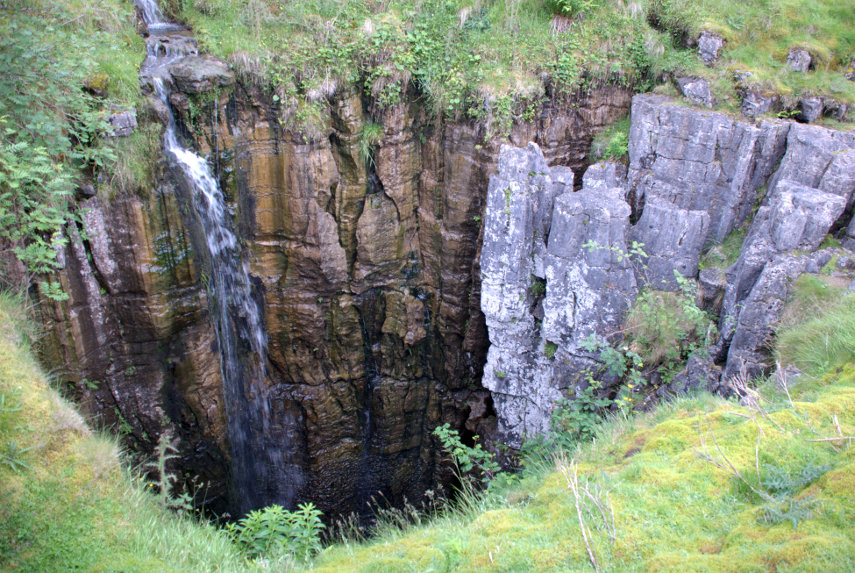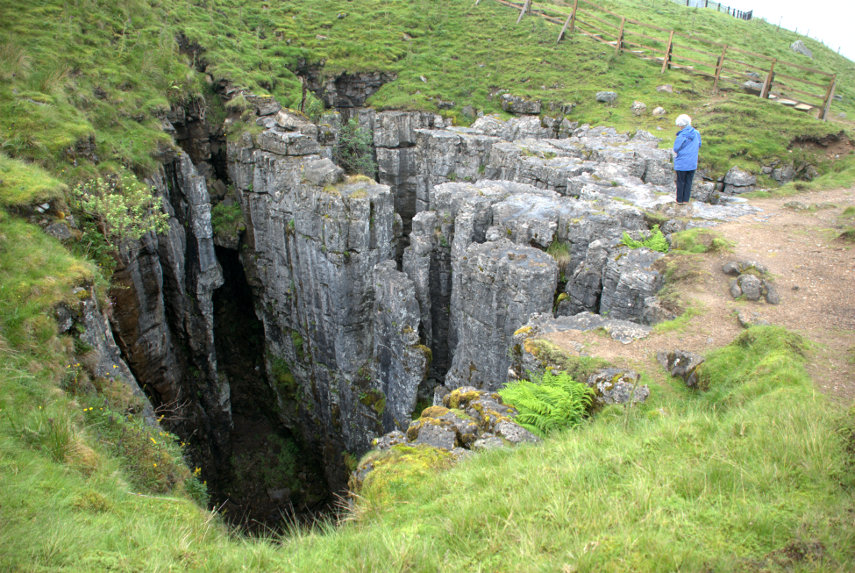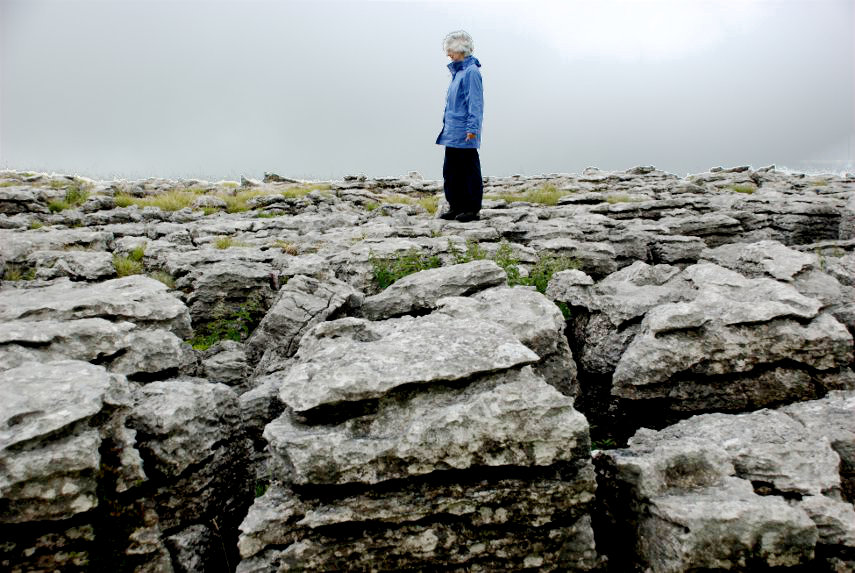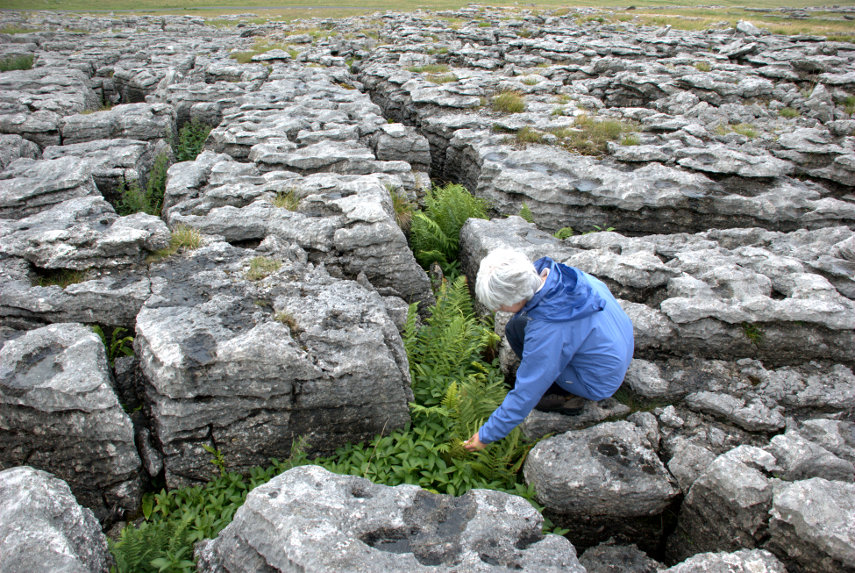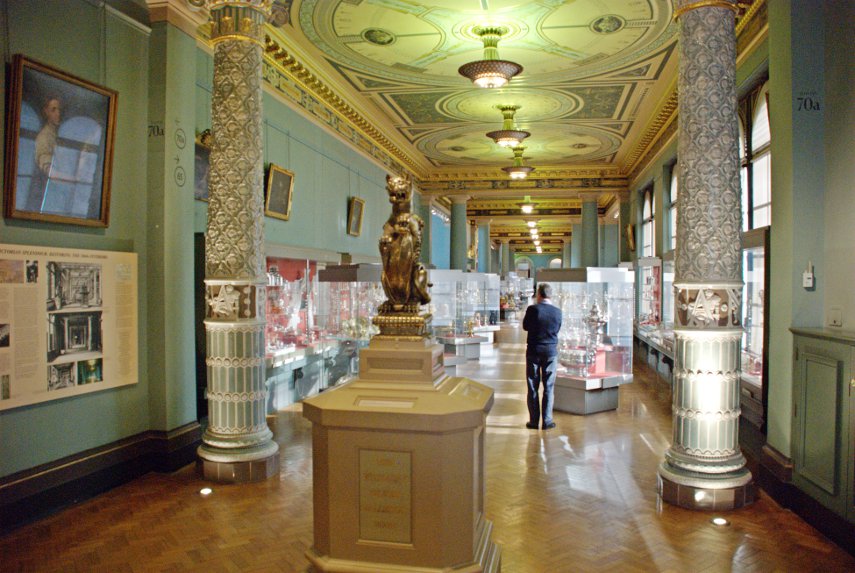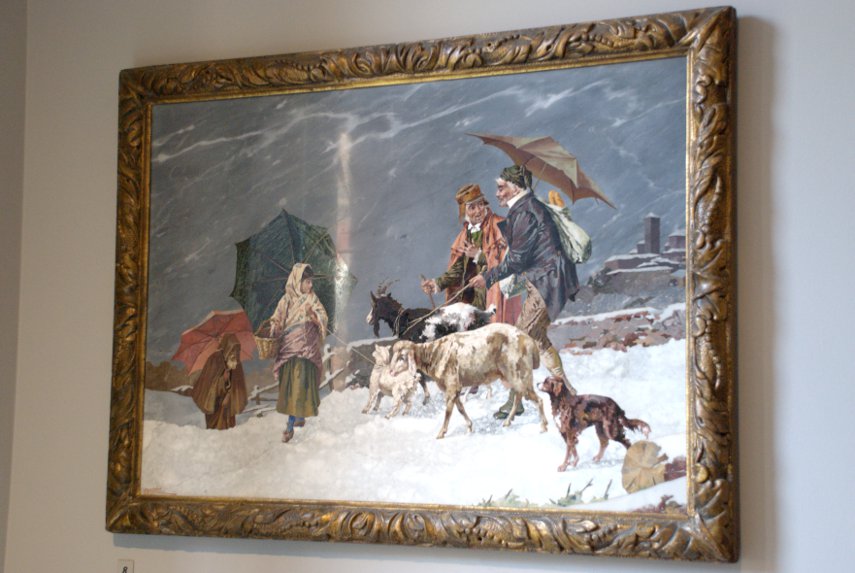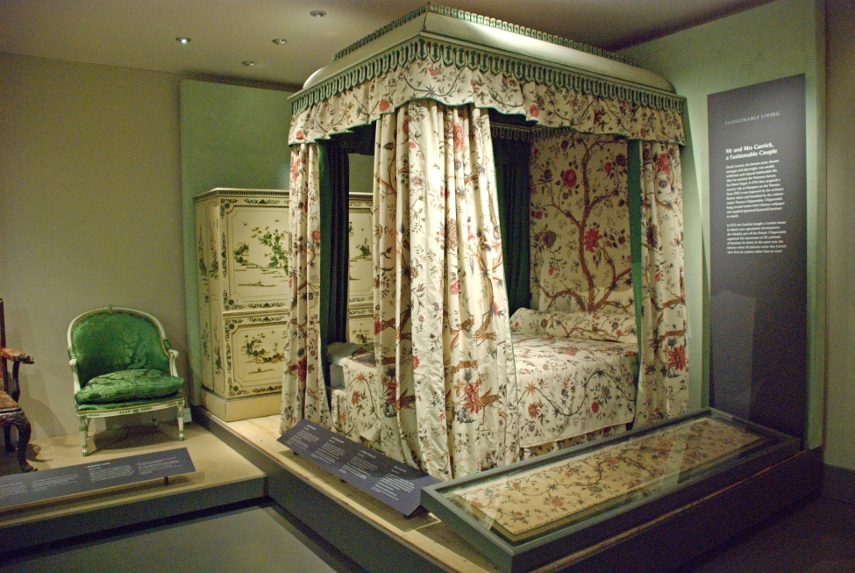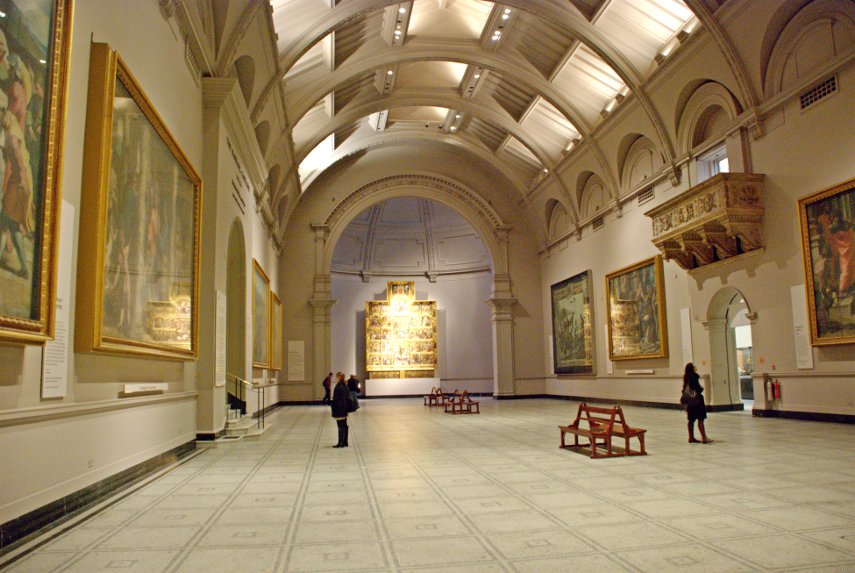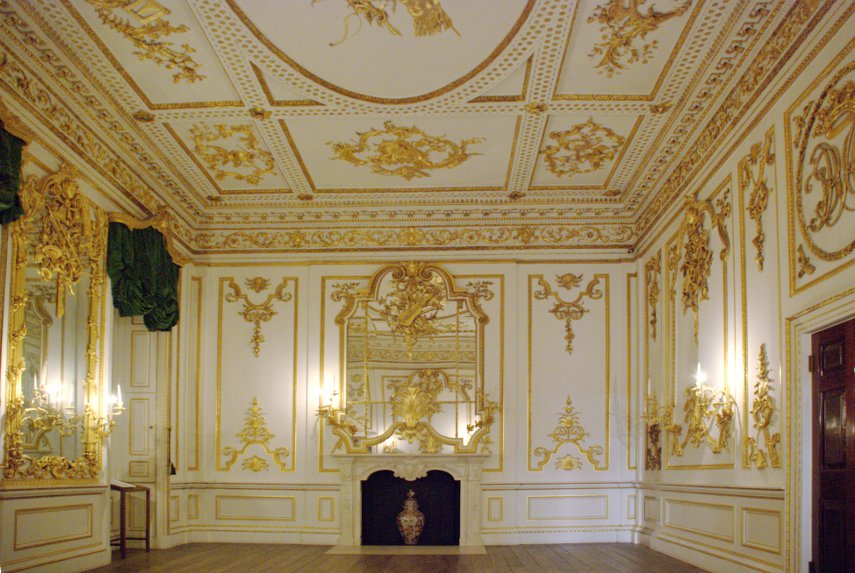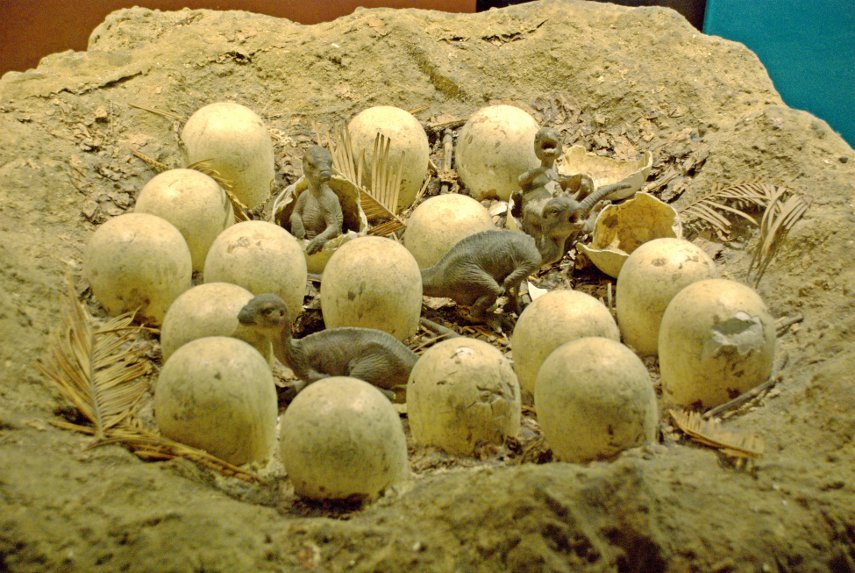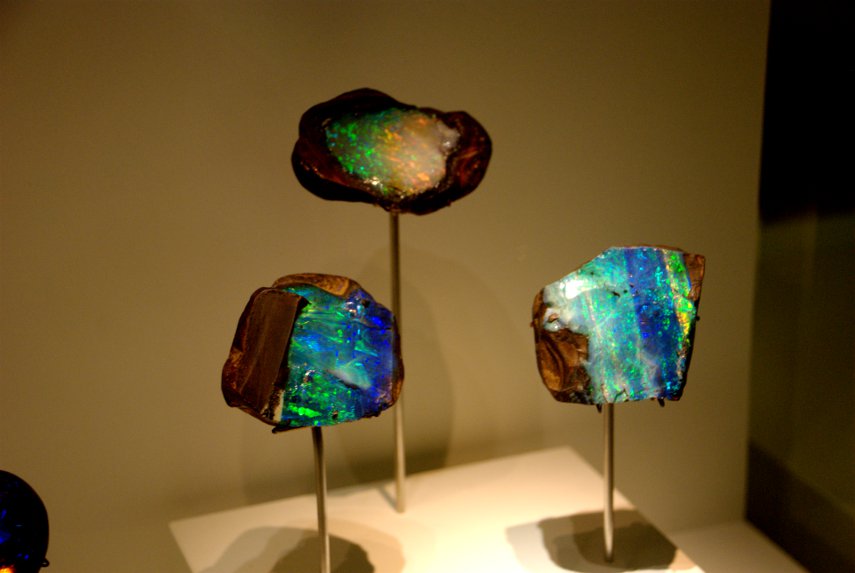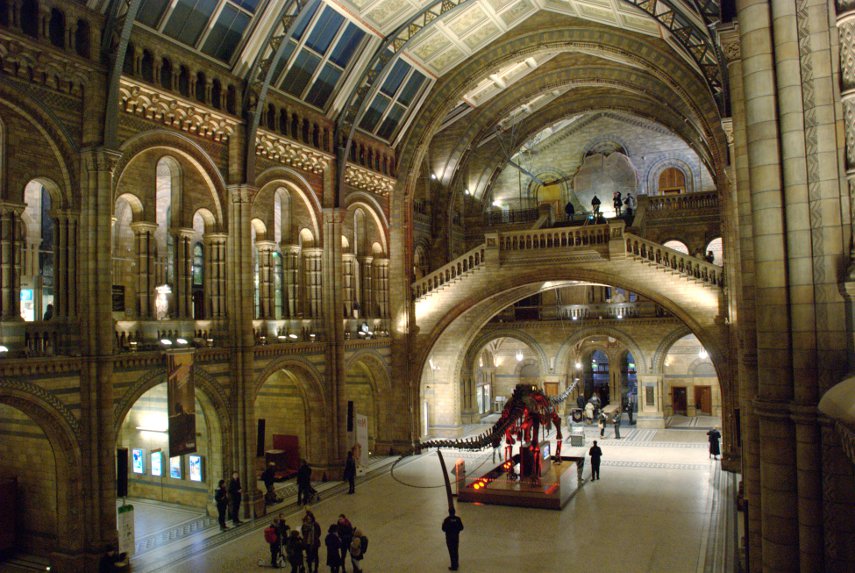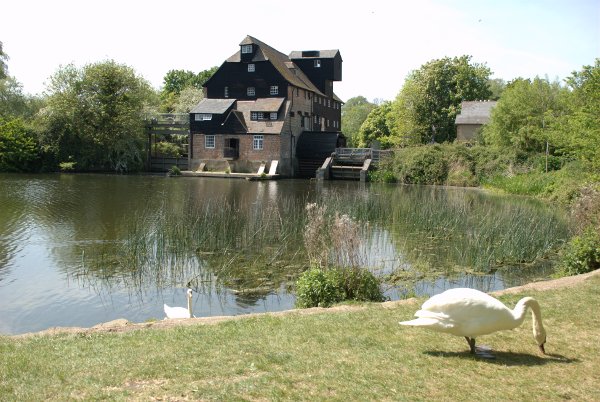Cow Gap
Day One
The weather forecast for the next 3 days was cloudy but dry. Well, we can handle that so off we went to Eastbourne. Why Eastbourne? We'll get to that later.
We decided to travel by train. We don't have to drive and we don't have to find somewhere to park (the hotel doesn't have its own car park) – can't be bad.
I looked at the train status on my smartphone and saw, with some dismay, that an empty train had derailed earlier and would be causing a delay on our journey. Bummer! ![]() The delay was reported to be 20 minutes and we had 45 minutes to walk across to Stratford International Station to make the connection. We were going to Stratford International not because Eastbourne is considered to be exotic but because we can use the high-speed line to get to Ashford and thence a local train to Eastbourne. That delay would still leave us with 25 minutes for the change which should be plenty.
The delay was reported to be 20 minutes and we had 45 minutes to walk across to Stratford International Station to make the connection. We were going to Stratford International not because Eastbourne is considered to be exotic but because we can use the high-speed line to get to Ashford and thence a local train to Eastbourne. That delay would still leave us with 25 minutes for the change which should be plenty.
We caught our 'usual' train, which was on time, from our local station and although there was a small delay we arrived only 10 minutes later than planned leaving us oodles of time for the connection. Having alighted at Stratford, in Greater London, we walked across to the International Station with plenty of time to spare. The train arrived on time and 30 minutes later, after an uneventful journey, we arrived at Ashford in Kent.
The Eastbourne train was waiting in the platform and we were soon headed for Eastbourne where we arrived at around 12:40 and after a short walk we were at our hotel at lunchtime.
Driving time would have been about two and a half hours and the train journey, including waiting times, was 3 hours so not really much difference.
Having arrived at lunchtime we had a brilliant idea – we could have lunch and so we did. After lunch we wandered off towards the pier. The last time that we were on Eastbourne Pier the steps up to the Camera Obscura level were closed off and I was hoping we might be able to get up there this time but, no, the steps were closed off. That's two bummers in the same day. ![]()
We didn't do a lot today and went back to our hotel to prepare for dinner. Tomorrow is the big day.
Day Two
After breakfast at about 9:30 AM we left the hotel and walked down to the seafront. This view is looking in the direction in which we are headed.
We followed the coast road westward until it reach the grass downland where it bends sharp right. We bent sharp left along a track going towards the cliffs. When we reached to edge of the cliffs we could see back to Eastbourne.
You may just be able to see the end of Eastbourne Pier sticking out beyond the promentary where the beach disappears from sight. The weather is better than forecast this morning but the sun is watery and it's not very clear. There is also a strong wind of about 15 mph gusting to 21 mph which we could do without. Looking in the opposite direction we can see our first target – the shore. Do you think that the sign is trying to tell us something?
You may notice that the shore is covered in rock fragments caused by erosion and we are planning to walk on that. ![]()
We still have a way to walk along the top of the cliffs yet. We follow the footpath until we see a path forking off to the left and we follow that fork.
We start heading down. That shore looks nearer but it doesn't look any better. More steps to go down.
Can you read the name on the sign? It says 'Cow Gap'. 'Gap' around here is a point in the cliffs which is low enough for it to be practical to build some steps down to the shore. There aren't many gaps. We have visited the other two and have been waiting for an opportunity to visit this one so we've made it at last.
There is Amanda at the foot of the steps and we are now on the shore. Take a look at the shore because we are proposing to walk over a half mile on that. After a while of scrambling it was nice to reach some solid rock to walk on for a while and just showing at the foot of the cliffs on the horizon is our second target – Beachy Head Lighthouse.
We eventually ran out of solid rock but after yet more scrambling we came across a nice large patch of sand. Woo Hoo! That was a welcome relief.
Unfortunately that nice flat sand didn't last for long and we were back to scrambling once again. We did reach another relatively small area of flat rock but there was more loose rock ahead.
The next picture shows how the shore looked further on. That's not going to be easy to walk on.
That cliff on the right is Beachy Head. We realised at this point that we wouldn't make it to the lighthouse because the tide had now turned and was coming back in so this is as near as we got. ![]() This is not a good place to be caught by the tide.
This is not a good place to be caught by the tide.
On the way back to Cow Gap we had a good look at the rocks and saw many old fossils. (Waits for obvious comments. ![]() )
)
The pictures above, in order, starting from the top are:
Ammonite shell impression
Turitella type shellfish
Section of a Brain Coral
Section of a sponge
We also came across two plants which are typical of this environment.
Sea Kale which looks rather like cabbage.

and Rock Samphire which looks like, well, Rock Samphire.
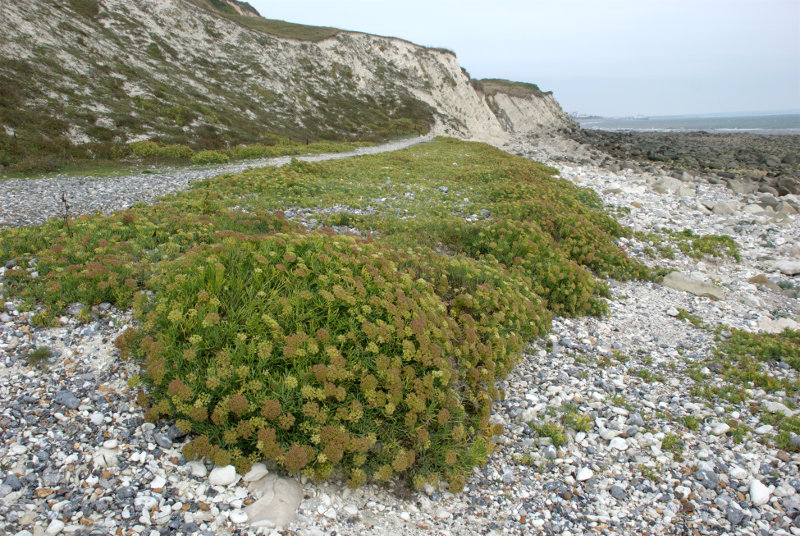
On the way back to Eastbourne I managed to sneak up on this Speckled Wood butterfly.
We went back to our hotel to change and were out again in time for afternoon tea. Yum yum. Tomorrow I'm doing another walk and Amanda is going to a museum.
Day Three
Amanda decided after yesterday's walk that she didn't want to do more walking today so she is going to visit the 'How we lived then' museum, packed with nostalgic items from the past, and I am getting on the bus.
My bus, the number 126, leaves from a stop near the railway station at about 9:45 and I walk up to the stop with time to spare. Whilst I'm waiting a lady asks me if the 126 goes to Alfriston. I explain that I hope it does because that's where I'm planning to go. We share a seat on the bus and chat. It turns out that her name is Nicky (Nicola) and she is on holiday from Switzerland and someone here suggested that she would probably like visiting Alfriston.
We arrive in Alfriston after about 30 minutes and she decides to join me on a visit to the Clergy House. Amanda and I have stayed in Alfriston before but were unable to visit the Clergy House because it opens only on some days and wasn't open when we were last there.
The Clergy House is a 14th-century Wealden hall-house and is owned by the National Trust. It was their first ever purchase in 1896 and cost the princely sum of £10.00.
This picture shows why it is called a hall-house.
It has a hall-like room which goes right up into the roof. Very impressive but, I would imagine, a devil to heat in the winter.
This shows the kitchen with all mod. cons. Well it does have a sink and water pump.
There were also some nice gardens.
Nicky was apparently going to spend the whole day looking around Alfriston so I said goodbye and made my way to the river.
Not much of a river I grant you; more like a stream at this point. However I plan on following the river down to Exceat where I hope to catch a bus back to Eastbourne so I set off.
I soon came across a group of locals having a meeting and there's one on the extreme right that's right on my path.
We shall see what she will do when I get closer. Well I walked close by her right-hand side and apart from a brief glance at me she got on with her eating. They must be used to seeing people.
I passed the little village of Littlington part of which is shown here. Pity the weather isn't better.
Soon after I passed littlington I had my first glimpse of the white horse, on High and Over, seen across the reeds on the edge of the river to the right.
A little further on and there is a better view of the river with the white horse beyond.
The banks of the river look muddy because the river is tidal at this point and the tide is low so the river level is down. Incidentally High and Over is the name of a hill between Alfriston and Seaford and is the hill directly ahead.
This is about as close as I got to the white horse then following the river takes me further away.
At one point I walked past these Canada Geese who seemed to be honking away most of the time. There were also some other white birds in the distance which I couldn't identify. They all sounded as though they were having a honking good time.
It didn't take much longer to get to the bus stop at Exceat and a little while later along came my bus back to Eastbourne.
After an uneventful ride (front seat, top deck) we reached the top of the hill down to Eastbourne with a good view of the town laid out below. That probably would have looked nice in good weather.
I got off the bus at Eastbourne Station where Amanda was waiting for me with our luggage and we got the train back home. It was a short but enjoyable trip. We will probably be back.







